Next week, major retail and footwear companies will begin reporting results for their most recent quarters, starting with Crocs Inc., Skechers USA, Inc. and Deckers Brands.
For many players, these second quarter results will be an important measure of progress coming on the heels of a relatively slow start to the year. Throughout the first quarter, many retailers and brands noted softening sales as consumers pulled back on discretionary spending. Some companies, like Macy’s, Shoe Carnival, Designer Brands and Genesco even downgraded their full-year outlooks to reflect the hit to sales and a murkier consumer environment.
Ahead of the earnings, here are key points that analysts and investors will be looking for in the reports.
After a lull throughout the pandemic, footwear brands have only recently started to pump up innovation, which is an important factor for driving demand and sales. As such, analysts are watching for what new products are garnering interest.
For example, Skechers has seen recent success with its Slip-in sneaker, a hands-free innovation that appears to resonating with consumers, including President Joe Biden, who was recently spotted wearing a pair while boarding Air Force One.
Williams Trading analyst Sam Poser noted Skechers’ Slip-ins success in a June note, adding that “global consumer demand for the brand remains very strong.” Along with Slip-ins, he called out other strong categories like the ArchFit, kid’s and work.
Crocs, which is known for its Classic Clog shoes, has recently doubled down on its category expansion strategy. The brand recently launched a new Mellow collection as it expands its sandal offering and is also investing in the streetwear-obsessed fan with its Echo collection.
“We are encouraged by signs of sustained North America strength, including positive response to sandals, other new products, and marketing,” wrote Baird analyst Jonathan R. Komp in a note to investors this week.
Inventory progress
After months of product excesses, retail companies that can show inventory management will be in a stronger position in the second half of the year.
According to a note from Morgan Stanley analysts led by Alex Straton, inventory levels in U.S. channels, particularly in the sportswear category, are still elevated and could remain this way through the end of the the year and potentially into 2024.
“With channel inventory unhealthy, we think promotional pressures could broadly impact the respective players — even those with clean balance sheet inventory — because aggregate inventory levels are still high,” the note read.
In Deckers’ most recent quarter, which was the fourth quarter due in its reporting cycle, inventories were up 5 percent compared to the same period last year.
“We believe this reduces the risk Deckers will need to significantly rely on promotions to attract consumers during Q1, which should limit promotional selling which affects Deckers’ topline,” wrote UBS analyst Jay Sole this week.
Crocs will also likely experience a more promotional environment as it clears through excess inventory, Sole said in another note this week.
Rebound in consumer spending
After a slow start to the fiscal year, the second quarter will be a strong indicator for the state of the consumer and their willingness to spend in discretionary categories moving forward.
Inflation growth has started to slow, which should encourage consumer spending. Consumer prices rose 3 percent in June compared to last year, according to the latest Consumer Price Index. That marked the smallest 12-month increase since the period ending March 2021.
Retailers are also currently entrenched in the crucial back-to-school shopping period, which could be an opportunity to lift sales, though a UPS strike could put a damper on that. Some retailers and brands could potentially offer some color as to how the season is going so far, which could shed some light on what to expect through the rest of the year.
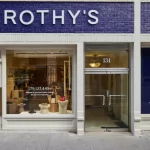
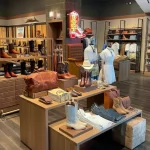





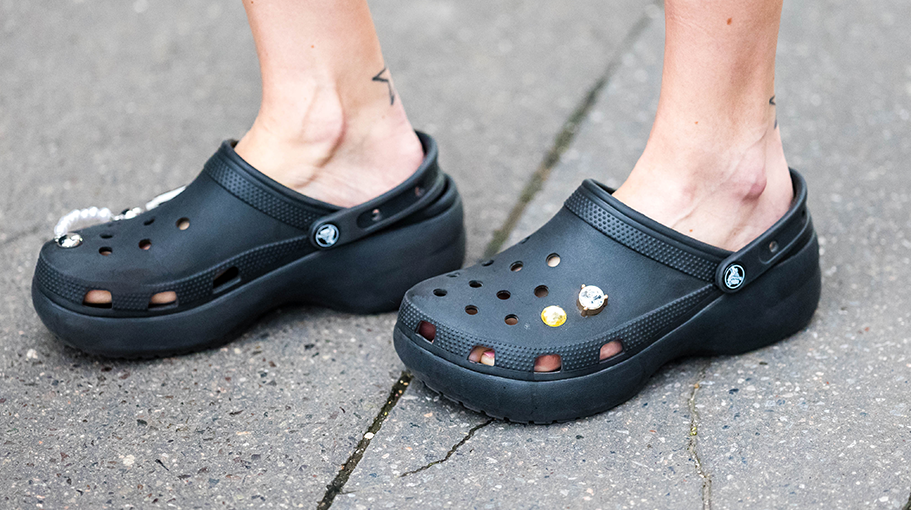
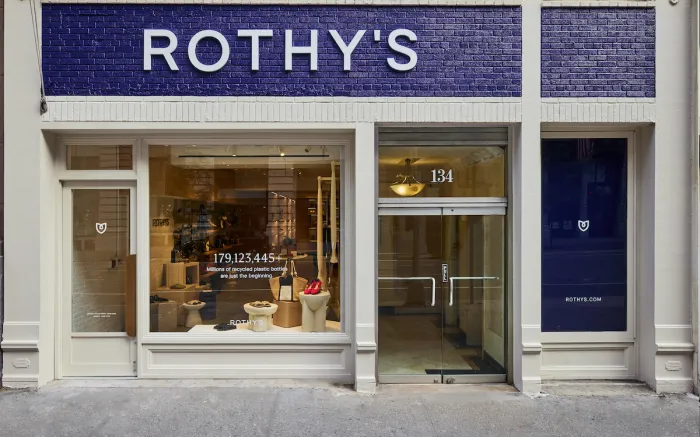
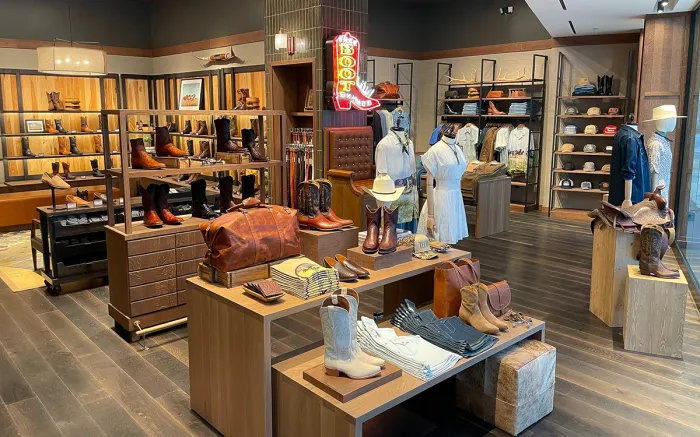
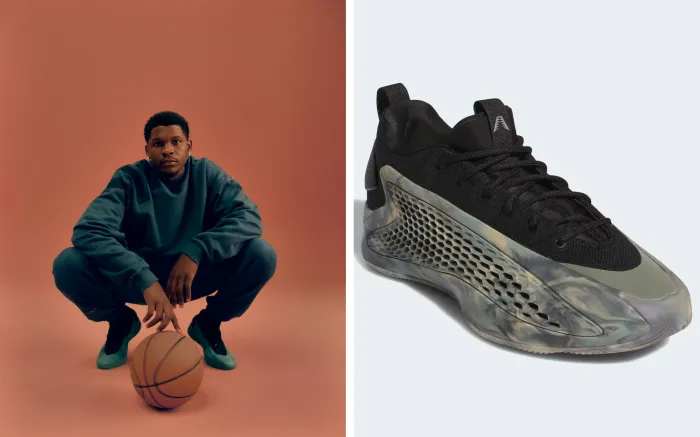
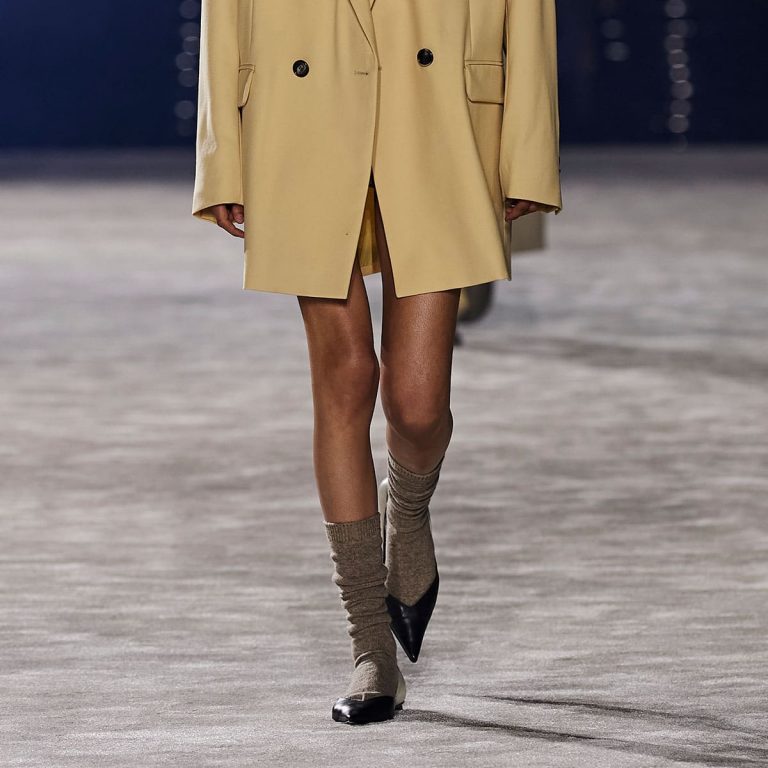


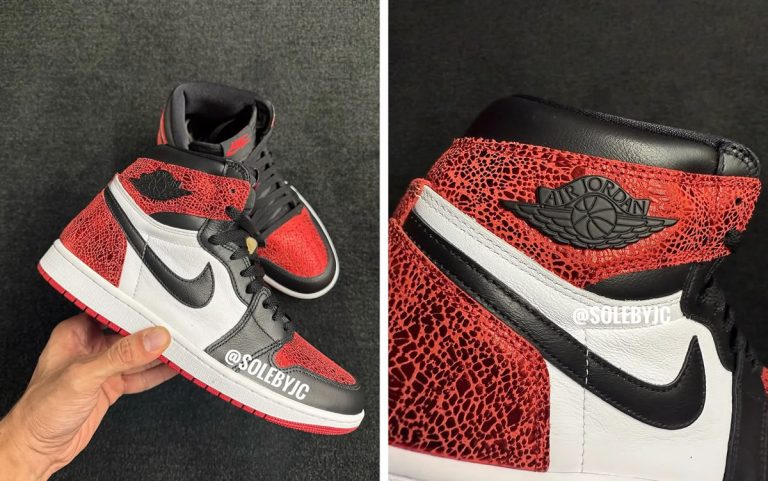
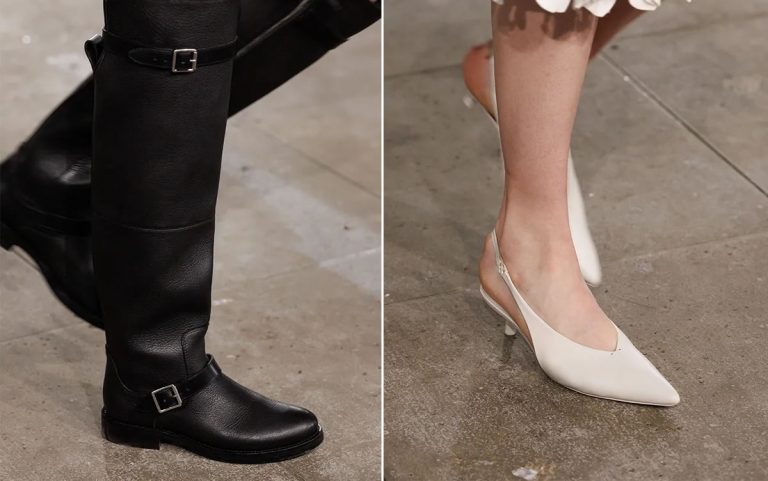

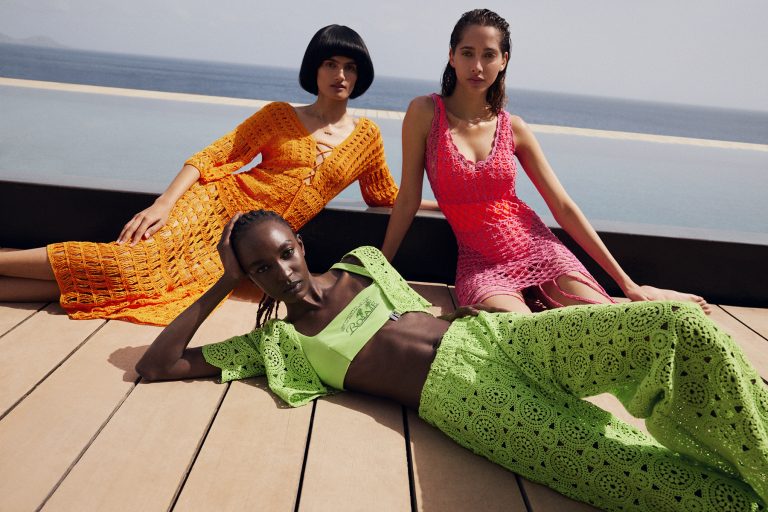




+ There are no comments
Add yours